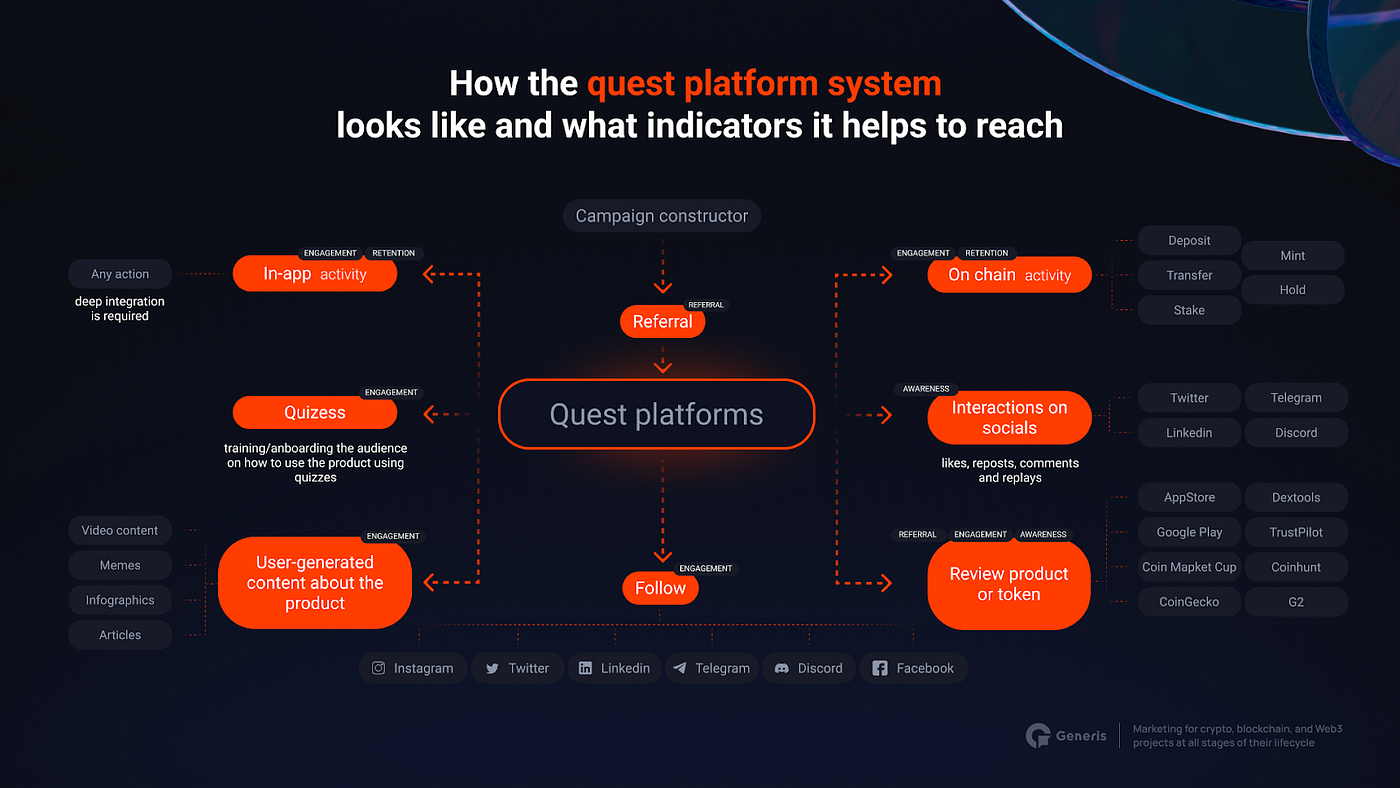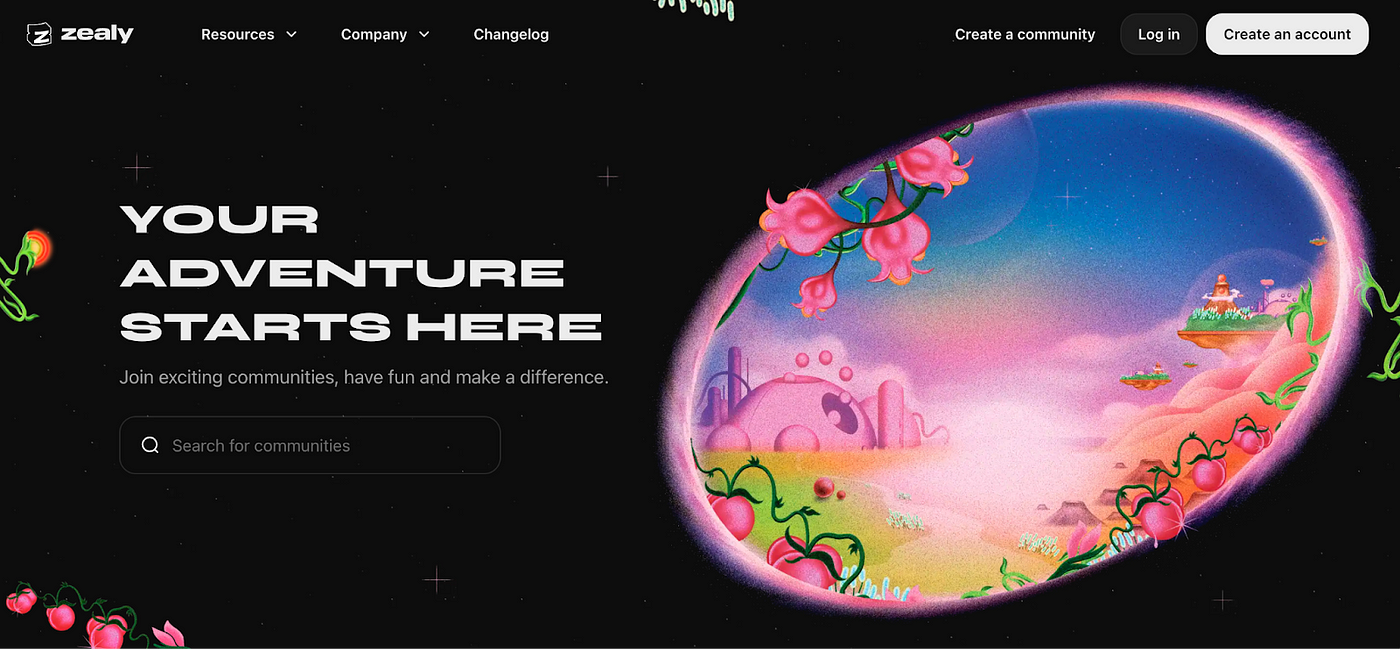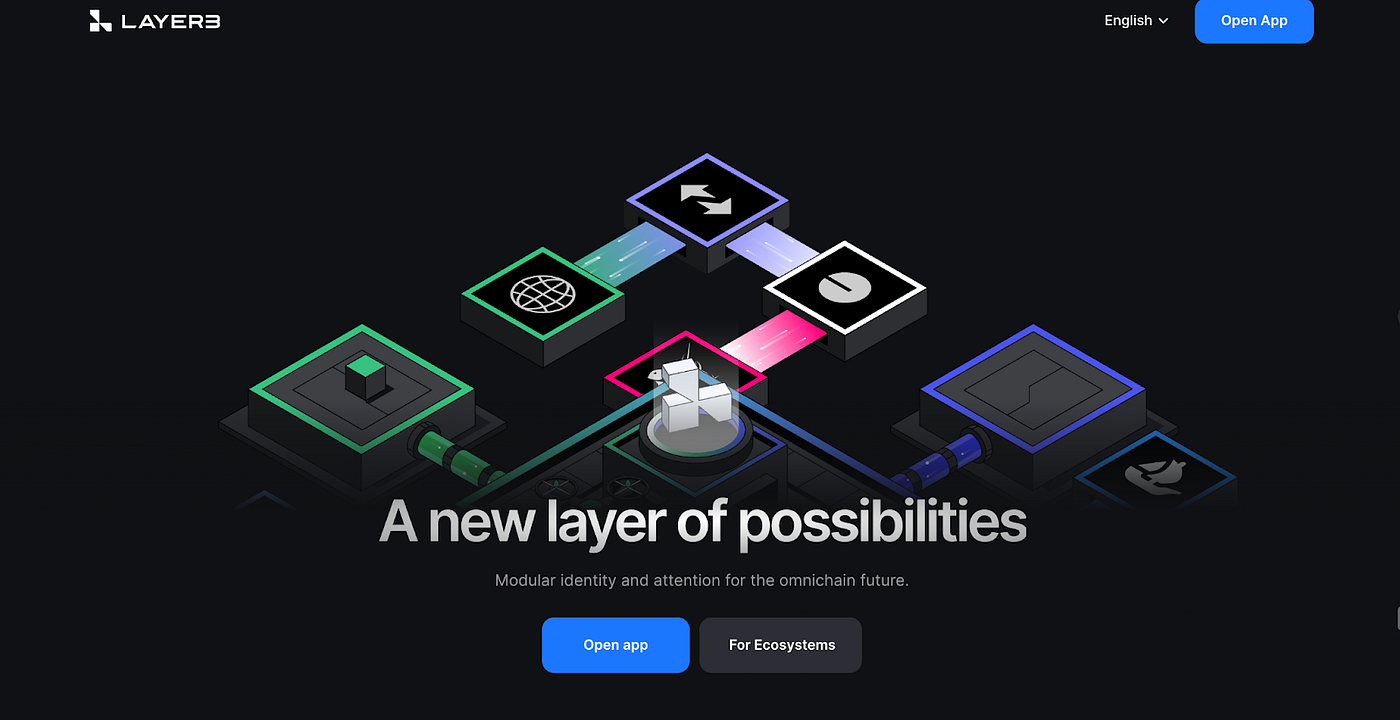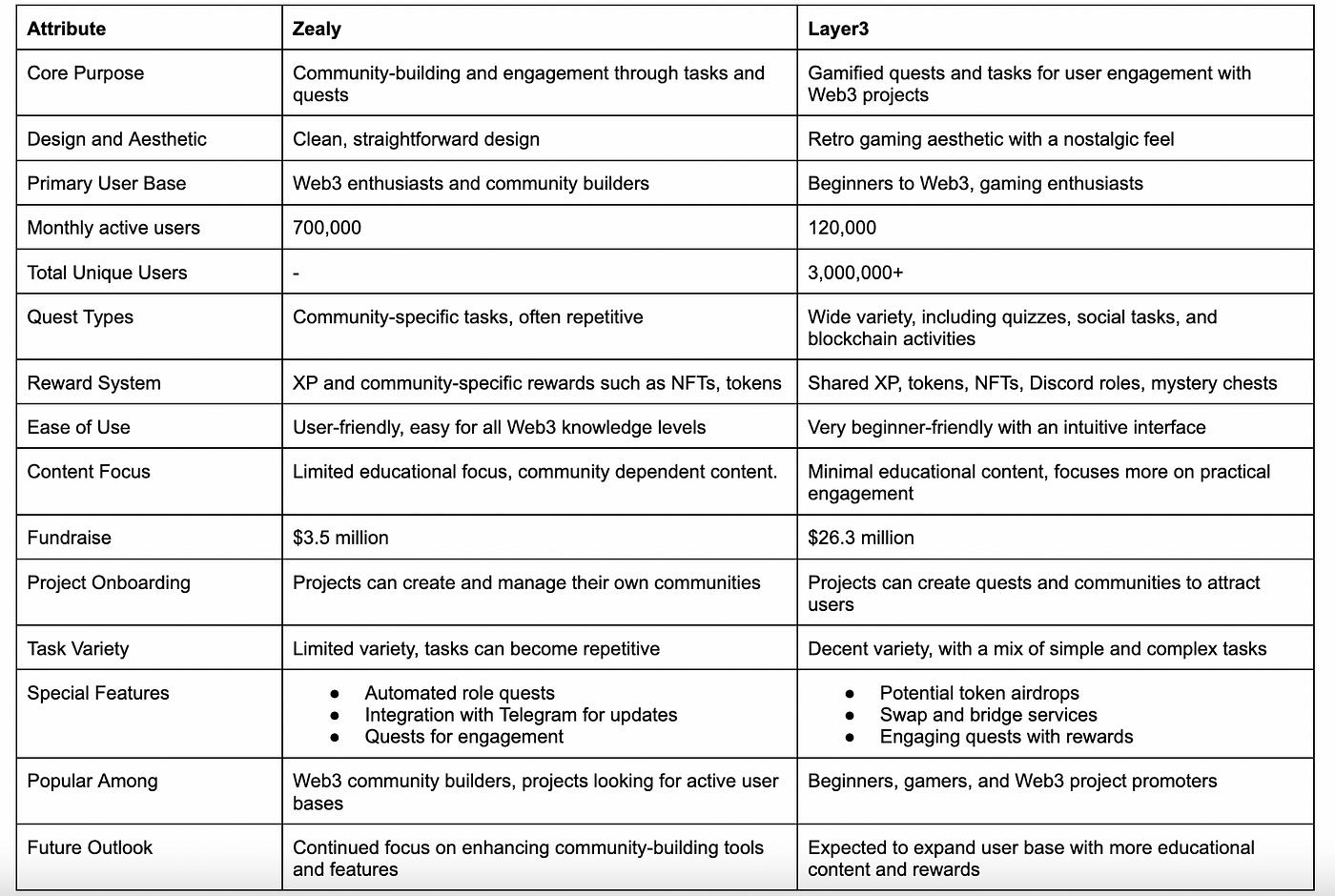Introduction
Questing and incentive-based platforms have reinvented Web3 digital marketing for the users. Imagine a space where completing tasks or quests isn’t just fun but also rewarding. These platforms use gamification to turn interactions into compelling and rewarding experiences, boosting user involvement and loyalty.
As digital communities expand, offering rewards for tasks is becoming key to keeping users engaged. Instead of traditional ads, these platforms provide a direct and interactive way to connect with audiences. This approach is attracting significant investment; over 70 Web3 startups have collectively raised $600 million. Categories like Messaging, Questing, and Loyalty platforms are leading the charge, each securing over $100 million in funding.
Take, for instance, platforms like Yield Guide Games, which create marketplaces where users and brands can interact directly. This shift shows just how crucial these new models are for the future of user engagement and brand loyalty.
The article outlines what is driving explosive growth in Web3 loyalty and questing platforms, and compares two of the major players in Layer3 and Zealy. Both stand at the very apex of this space but represent different approaches from one another, showcasing the various strategies that are injecting excitement and innovation into the Web3 ecosystem. Dive deeper into how the platforms below change the game and what makes Layer3 and Zealy unique.
Questing Ecosystem
What Constitutes a Questing Ecosystem
A questing ecosystem in the Web3 landscape is an interactive and engaging environment that utilizes blockchain technology to immerse users in various gamified tasks, educational activities, and community-centric missions. The primary goals are to educate users about blockchain projects, boost platform engagement, and foster a sense of community participation.
Quest Platform System

Types of Quests
Educational Quests: These quests aim to educate participants about specific projects or the broader blockchain ecosystem. As users engage with these quests, they gain valuable knowledge and insights, similar to platforms like Coinbase Learn, where users learn about various aspects of the crypto space.
Blockchain based quests: These quests involve performing various blockchain-related tasks such as token swaps, bridges, transfers, and mints. Users actively participate in blockchain operations, gaining hands-on experience with different aspects of the technology.
Project interaction quests: These quests require users to engage directly with the platform or project on which the quest is based. Tasks often include community participation and network-based actions like token bridging, fostering a deeper connection with the project.
Community Participation Quests: Focus on engaging the community through activities such as following social media channels, discussing the project with peers, and spreading awareness. These quests emphasize the importance of community involvement and interaction.
Functionality and Features
Questboard. This feature allows users to create and personalize user quests, transforming tasks into interactive challenges. This system enables users to set up quests, define specific tasks, and customize rewards, creating an engaging and enjoyable experience.
Leaderboard. As users complete quests, they accumulate points, contributing to their standing on the leaderboard. These points can be redeemed for rewards from the platform’s pool at a later stage, encouraging participants to engage more actively and aim for higher rankings.
Analytics. Provides detailed insights into user behavior, task completion rates, and overall engagement metrics. This data is valuable for refining strategies and optimizing campaign performance.
Integrations. Facilitates seamless connections with various social networks, cryptocurrency wallets, and other applications, streamlining the workflow and automating reward distribution based on completed tasks.
Appeal of quests
To Users
Rewards: Users are motivated by the rewards offered, typically in the form of digital assets that hold value within the project’s ecosystem or can be traded for fiat money.
Gamification: The questing system adds a fun and competitive element, making task completion enjoyable and satisfying. Users find fulfillment in overcoming challenges and reaching goals.
Community Engagement: By participating in quests, users feel a stronger connection to the project and are more inclined to stay engaged and support the platform.
To Projects
User Engagement: Questing platforms significantly increase retention rates, engagement levels, referrals, and conversion rates. They enhance the lifetime value of users by fostering continuous engagement and encouraging referrals, thus reducing customer acquisition costs.
Cost Efficiency: By leveraging questing platforms, projects can effectively decrease customer acquisition costs while boosting user engagement and long-term value.
Market Dynamics
Trends
Increased Interest in Gamification and User Engagement: Gamification has become a cornerstone in enhancing user engagement within Web3 questing platforms. Recent data indicates a 40% increase in user interaction when gamification elements are integrated into digital platforms. The integration of gamification not only makes tasks more enjoyable but also drives higher participation rates. As a result, platforms that incorporate gamification are seeing significantly improved user retention and engagement levels.
Growth of Digital Communities and the Need for Innovative Engagement Tools: Digital communities are expanding rapidly, and the need for innovative engagement tools has never been greater. According to CoinTelegraph, the user engagement has soared by 124% in 2023. This growth underscores the demand for platforms like Quest’N and Galxe, which provide unique engagement tools that go beyond traditional interaction methods. For example, Galxe offers an open credential data network that supports various Web3 infrastructures, including NFTs and DeFi, enhancing community engagement through diverse and meaningful interactions
Rising Adoption of Blockchain Technology and Decentralized Applications: The adoption of blockchain technology is accelerating, with projections showing a 56.1% annual growth in blockchain-based applications by 2030. This rise is evident in the increasing number of Web3 questing platforms that utilize blockchain to ensure transparency, security, and decentralization. For instance, Yield Guild Games and Rabbit Hole leverage blockchain to create secure, decentralized engagement marketplaces, allowing users to earn rewards and interact directly with brands. This decentralization not only enhances trust and security but also fosters greater community ownership and participation in the Web3 ecosystem.
User Education and Onboarding: As Web3 technologies become more mainstream, user education and onboarding are playing a critical role in driving adoption. Simplifying the user experience, reducing barriers to entry, and creating clear educational materials will be essential for engaging and retaining users in the Web3 ecosystem.Projects here are focused on fostering education and awareness around Web3 technologies.
Challenges
Issues with Task Variety and User Retention: Web3 platforms face significant challenges in maintaining user engagement due to the complexity and variety of tasks involved. A report from 2023 highlighted that user retention rates for Web3 applications are significantly lower compared to traditional platforms, with an average retention rate of around 7%, compared to 42% for traditional apps. This issue is compounded by the fact that Web3 tasks often require a higher level of understanding and interaction, which can lead to user fatigue and churn if not managed effectively.
Complexity of Reward Systems and User Dissatisfaction: The reward systems in Web3 applications are often complex and can lead to user dissatisfaction if not clearly communicated and understood. Many users are unfamiliar with the mechanics of tokenomics, such as staking, yield farming, or earning rewards through decentralized platforms. This complexity is exacerbated by issues such as token inflation and concentration, where 5% of users in a typical Web3 game control over 50% of the token supply. This concentration can create a perception of unfairness and discourage broader participation, as highlighted in a study on Web3 gaming economics.
Balancing Educational Value with Entertainment in Quest Tasks: One of the critical challenges for Web3 platforms, especially in the educational and gaming sectors, is finding the right balance between educational content and entertainment value. Many users engage with Web3 platforms for their innovative approach to learning and gaming, but if the educational tasks are too dry or the games too focused on educational outcomes, users may lose interest. The key is to integrate learning in a way that is engaging and seamlessly woven into the entertainment experience, ensuring that users gain value without feeling overwhelmed or bored.
Opportunities
Potential for Integrating More Diverse and Educational Tasks: There is a significant opportunity to integrate a wider variety of tasks that are both educational and engaging. Web3 platforms can expand beyond the traditional crypto and blockchain education to include tasks related to other sectors such as healthcare, finance, and environmental sustainability. By doing so, they can attract a more diverse user base interested in learning about different industries while engaging with the platform. This approach can help in building a more robust and informed community that finds value in participating in Web3 activities beyond mere speculation
Expansion into New Sectors Beyond Crypto and Web3: Web3 technology has the potential to transform various industries beyond the traditional realms of crypto and blockchain. For instance, the healthcare industry could benefit from blockchain’s transparency and security for patient data management, while the supply chain sector could use smart contracts for more efficient and traceable logistics. According to Grand View Research, the global market for blockchain technology is expected to grow at a CAGR of 87.7% from 2023 to 2030, highlighting the significant opportunities for Web3 technologies to make an impact across different industries.
Enhancement of User Reward Systems to Be More Transparent and Understandable: Loyalty programs are proven to increase overall purchases by 20%. Improving the transparency and simplicity of user reward systems can greatly enhance user satisfaction and engagement. Simplifying the mechanisms for earning and using tokens, and ensuring fair and equitable distribution, can build user trust and encourage participation. For example, fractionalized NFTs allow users to gain partial ownership, making entry barriers lower and rewards more accessible.
Zealy- Fostering Web3 Growth Through Questing

Zealy is a pioneering platform in the Web3 ecosystem, designed to enhance user engagement and foster community building for projects. As a quest and tasking platform, Zealy allows users to interact with various Web3 projects by completing specific tasks, earning experience points (XP) in return, which can be converted into community-defined rewards. This unique model not only attracts new users but also encourages existing users to remain engaged with their favorite projects.
Key Features of Zealy:
Community-Centric Quests: Projects can create and manage communities, offering tailored tasks to engage users.
Reward System: Users earn XP for completing tasks, which can be converted into various prizes such as NFTs, tokens, or exclusive access.
User-Friendly Interface: Zealy’s platform is intuitive, allowing even Web3 novices to easily navigate and participate in tasks.
Diverse Community Engagement: Users can explore and join a wide range of communities across Web3 domains like DeFi, NFTs, and Metaverse.
Gamified Interaction: The platform employs elements of gamification, including leaderboards and badges, to make user participation fun and competitive.
No User Fees: Zealy is free to use for users, with no hidden costs or fees for participating in tasks.

Zealy’s innovative approach provides a robust tool for Web3 projects to increase their user base and enhance community interaction, all while offering users a fun and rewarding way to engage with the latest in blockchain technology.
Layer3: Gamified Gateway to Web3 Engagement
Layer3 stands out as a dynamic platform that bridges the gap between new users and Web3 projects, creating an interactive and fun way to explore the burgeoning world of blockchain technology. It’s a gamified questing platform where users can complete tasks and quests for various Web3 projects and earn rewards. With over 750,000 users, Layer3 offers a unique entry point for both beginners and seasoned enthusiasts to engage with crypto in a meaningful way.

Key Features of Layer3:
Gamified Quests and Tasks: Users can participate in various quests designed by different Web3 projects, earning rewards like experience points (XP), tokens, and NFTs.
Retro Gaming Aesthetic: The platform features a nostalgic gaming design, reminiscent of classic indie RPGs, making it appealing and accessible to users familiar with gaming culture.
User-Friendly Interface: Layer3 is designed to be intuitive, with easy navigation that ensures even newcomers to Web3 can quickly get started and find their way around.
Diverse Reward System: Rewards range from XP and Discord roles to native tokens and NFTs, offering users multiple incentives to engage with tasks and projects.
Wide Variety of Quests: Tasks include quizzes, social media activities, and blockchain-based challenges, providing a broad range of activities that cater to different interests and skill levels.
Beginner-Friendly: The platform’s quests serve as a practical introduction to Web3, helping users learn through direct interaction with crypto projects, although it lacks detailed guides for task completion.
No Fees for Users: Layer3 is free to use, with no hidden fees, allowing users to engage in quests and earn rewards without any upfront cost.
Available for US Users: Unlike many crypto platforms that face regulatory challenges, Layer3 is accessible to users in the United States, opening the door to a significant user base.

Layer3 offers an engaging and approachable way for users to dive into the world of Web3, combining the fun of gaming with the practical benefits of learning and earning in the crypto space. Its balanced focus on both user engagement and project promotion makes it a valuable tool for exploring and interacting with the latest blockchain projects.
Comparative Analysis of Zealy Vs Layer3
Zealy and Layer3 are two prominent platforms in the Web3 space, both offering gamified experiences to engage users and promote projects. While they share some similarities in their quest-based approaches, each platform brings unique strengths and weaknesses to the table. This comparative analysis delves into the core features, user experience, rewards systems, and target audiences of both platforms to highlight their distinct attributes.

Final Thoughts
In the dynamic world of Web3, platforms like Layer3 and Zealy are revolutionizing digital engagement by turning user interactions into rewarding experiences. Both platforms leverage gamification to enhance user involvement, making them key players in the questing and loyalty space.
Layer3’s nostalgic gaming design and user-friendly interface make it an appealing entry point for newcomers and gamers alike. It excels in providing a wide range of quests that attract and engage a broad audience. On the other hand, Zealy focuses on community-building, offering tailored tasks and rewards that encourage deeper involvement in Web3 projects.
Both platforms showcase the potential of gamified incentives to drive user engagement and project loyalty. While Layer3 is ideal for broad user acquisition, Zealy excels in fostering strong community ties. As the Web3 space continues to grow, the innovative approaches of Layer3 and Zealy will likely shape the future of digital marketing and community interaction in this rapidly evolving ecosystem.
About Absinthe Labs
Absinthe Labs is building the first incentives affiliate network, and our first product is a no code points-as-a-service platform. In addition to rewarding on-chain actions, it makes tracking campaigns easy by aggregating points from questing platforms like Galxe and Layer3 into the projects native points. Absinthe also allows for easily allocating to communities such as token holders, stakers, NFT holders and Discord roles. This article was written in partnership with Absinthe Labs and @0xRubin on X . Check them out at absinthe.network.